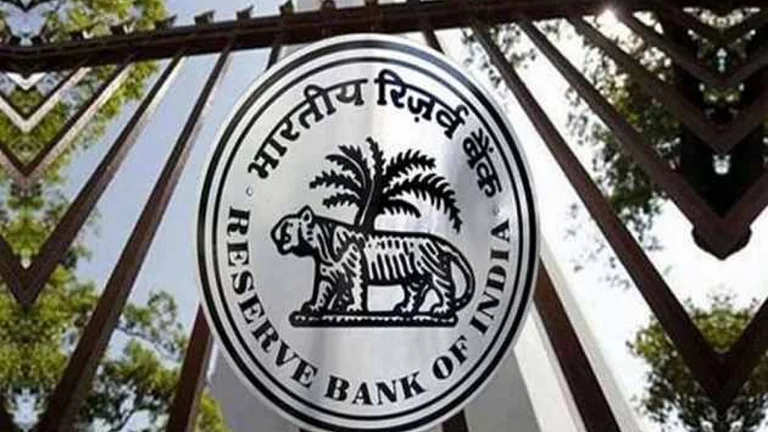The Centre is planning to raise the Deposit Insurance and Credit Guarantee Corporation (DICGC) cover. M Nagaraju, Secretary to the Department of Financial Services said that the Finance Ministry is considering raising the current limit of the DICGC cover at a post-Budget press briefing in Mumbai held on February 17, 2025.
Centre To Increase Bank Deposit Insurance To Over Rs 5 Lakh
This move aims to give depositors greater protection against bank failures
Nagaraju said that the limit will be increased from the current Rs 5 lakh. The move is expected to boost the confidence of depositors in banks and protect their savings in case the bank plunges into a financial crisis or opts for liquidation. DICGC currently covers deposits to the extent of Rs 5 lakh for every account holder, principal as well as interest. Presently the timeline for increasing the cover has not been specified yet.
What Is DICGC
The Deposit Insurance and Credit Guarantee Corporation (DICGC) is a specialised division of the Reserve Bank of India. The DICGC provides insurance for the deposits maintained in banks. If a bank goes into liquidation the DICGC guarantees payment of insured amounts to the account holders. The insurance offered is for all kinds of deposits maintained in the bank such as savings accounts, fixed deposits, current accounts, and recurring deposits.
DICGC follows a model wherein it receives a premium from banks that sponsor the insurance program. The DICGC protects all regional rural banks, commercial banks, local area banks, and even branches of foreign banks in India. Upon bank failure, DICGC settles the amount insured to depositors within a period of three months.
Why Raising the DICGC Cover Is Important
The current cover of Rs 5 lakh provided by the DICGC was fixed in 2020. Prior to 2020, the limit for the cover was Rs 1 lakh, which stayed constant for decades. Notably the cover was hiked after several hyperlapses in the banking sector such as PMC Bank and Yes Bank's financial crisis. While the 2020 hike was significant, the Ministry is considering raising the cover again due to inflation and the growing size of bank deposits.
For most depositors, including retirees and middle-income families who deposit money with banks, the existing protection may be short of what they need. An increase in the limit of protection would offer stronger safeguarding so more people can get their deposits back in case a bank goes through a financial crisis.
What Happens If a Bank Fails
When a bank collapses under moratorium, i.e., when it puts its banking operations and transactions on hold for a period of time, then the depositors receive their insured amount. According to the scheme prevailing currently, DICGC reimburses account holders up to Rs 5 lakh within 90 days of the commencement of the moratorium.
For individuals with deposits of less than Rs 5 lakh, the insurance covers all their money. For other individuals whose savings are greater than Rs 5 lakh, the bank will cover Rs 5 lakh only and the remaining money will be recovered from the liquidation or restructuring process.
Prior to the Deposit Insurance and Credit Guarantee Corporation (Amendment) Act 2021, depositors would often wait for years to get their money back. The 2021 amendment made it possible to get faster payments.
According to Vivek Iyer, partner and financial services risk leader, Grant Thornton Bharat, "The increase in limit to 12 lakhs from the present cap of Rs 5 lakh would be a more realistic figure, given that people usually ( senior citizens) prefer to keep a liquidity of a lakh a month, as a rule of thumb. On the other hand, customers irrespective of their deposit insurance limit, should genuinely evaluate alternate financial instruments that provide liquidity and security basis an assessment of their own risk and return profile".
The Centre’s decision to increase the DICGC cover is likely to enhance a sense of safety for bank depositors. Presently the proposal is awaiting approval, announcements on the new limit and the implementation schedules for the same are still to be made.
